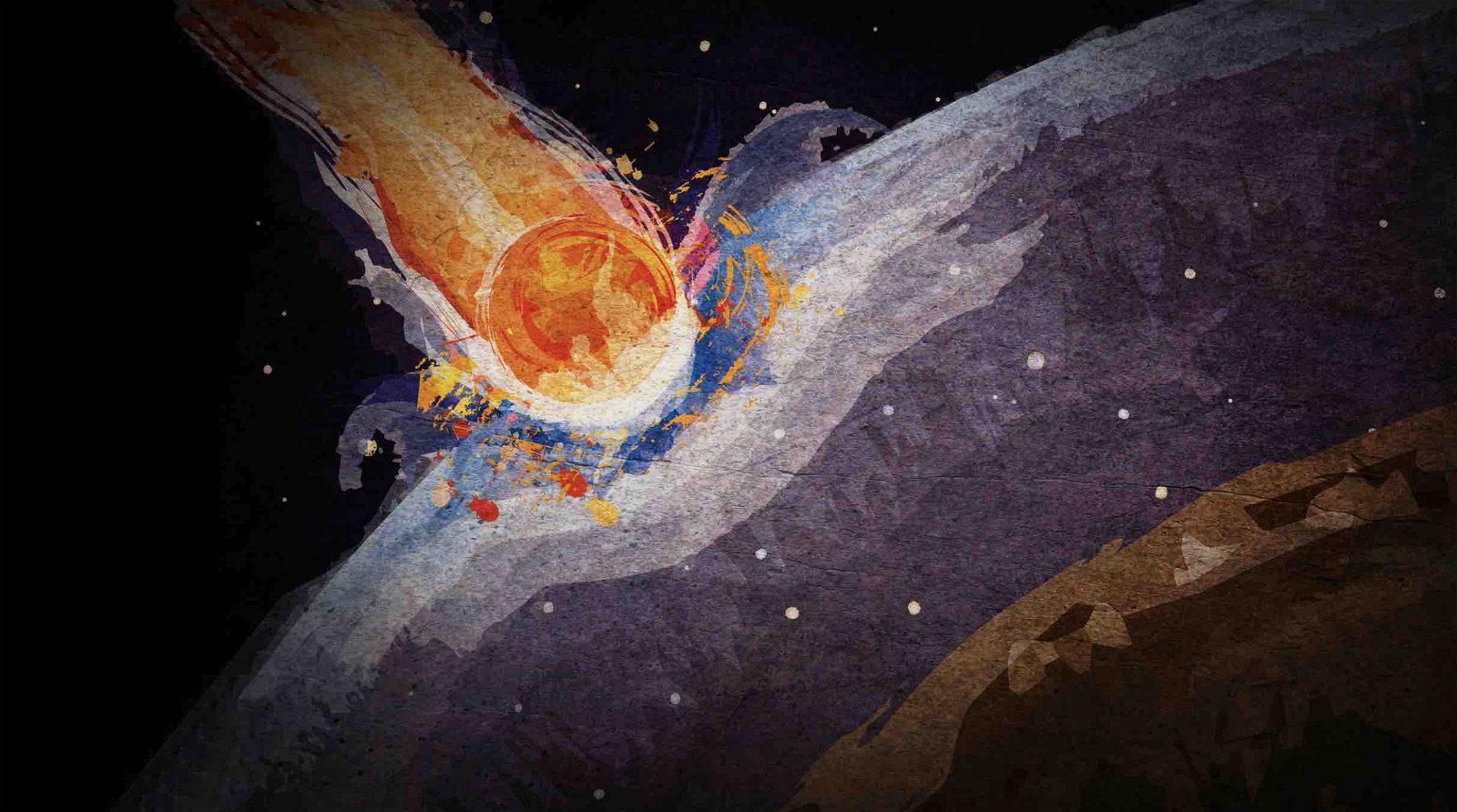The Paleozoic Era, between 541 and 252 million years ago, was a remarkable time for new life on Earth. It started with the Cambrian explosion, the largest diversification event of life forms in Earth’s history. It led to lush rainforests, the emergence of fish, and, eventually, the transition of amphibians to land.
But all good things must come to an end. The remarkable Paleozoic Era ended with the largest mass extinction of life forms in Earth’s history. An abrupt shift to global warming caused a major marine and terrestrial extinction event. This sudden Permian-Triassic Extinction event eliminated more than 80% of all marine species and 70% of terrestrial vertebrate species. It buried plants and swamps, which were subsequently compacted and cooked into underground coal deposits.
Popular opinion holds that an asteroid impact triggered the Permian-Triassic extinction and that humanity was the first technological civilization on Earth 250 million years later.
Is it possible that the devastating global warming event was caused 252 million years ago by industrial pollution from a technological civilization? This would have required the first intelligence to emerge only 6 percent earlier in the 4,540-million-year history of Earth.
Any technological infrastructure left on the surface of Earth from that early civilization could have been demolished by geological activity, including subduction, coverage by water, or tarnishing by meteor impacts and weathering.
However, functional relics could have been preserved in space. Within the past century of modern technology, our civilization has launched many thousands of functional devices in orbit around Earth. A more advanced or longer-lived technological civilization could have used more sophisticated devices. Are there unfamiliar technological relics in our sky?
The Director of National Intelligence, Avril Haines, submitted two recent reports in 2022 and 2023 to the US Congress, admitting the existence of Unidentified Anomalous Phenomena (UAPs) whose nature is unclear, some of which exhibit trans-medium maneuvers between air and water. Could these relics be evidence of a civilization that predated us on Earth 252 million years ago?
This possibility would overcome the challenges associated with UAPs arriving on Earth through interstellar travel. It would explain why such UAPs are here right now despite the vastness of cosmic space and time.
The long-term stability of probes in orbit around Earth depends on their propulsion method. Trans-medium vehicles, such as those suggested by the 2004 report from Navy pilots, could have been designed to refuel by collecting water and breaking its molecules into hydrogen and oxygen through sunlight-driven electrolysis.
The puzzling nature of UAPs can be deciphered by collecting new scientific data. This is indeed the goal of the Galileo Project that I lead. Our first observatory at Harvard University is currently monitoring the full sky in video and audio. The collected data is stored and analyzed by machine learning software. The Galileo Project’s research team will report openly on any UAP in its data. Such findings will complement the classified data assembled by the military and intelligence agencies whose day jobs involve national security. Given the broad interest in UAPs by both the government and the general public, I strongly believe that it is the civil duty of scientists to clarify the nature of UAPs.
This summer, Senate Majority Leader Chuck Schumer (D-NY) and Senator Mike Rounds (R-SD), Ranking Member of the Subcommittee on Cybersecurity for the Armed Services Committee, crafted an amendment – UAP Disclosure Act of 2023 – along with Senator Marco Rubio (R-FL) – Vice Chairman of the Intelligence Committee, Senator Kristen Gillibrand (D-NY) – Chairwoman of the Subcommittee on Emerging Threats and Capabilities for the Armed Services Committee, Senator Todd Young (R-IN), and Senator Martin Heinrich (D-NM). If signed by President Biden, the proposed legislation would increase transparency and foster scientific research around UAPs – as currently pursued by the Galileo Project.
“For decades, many Americans have been fascinated by objects mysterious and unexplained and it’s long past time they get some answers,” said Schumer. “The American public has a right to learn about technologies of unknown origins, non-human intelligence, and unexplainable phenomena.”
The legislation has bipartisan support. “Understanding UAPs is critical to our national security and to maintaining all-domain awareness,” said Senator Gillibrand. “When Senator Rubio and I created the All-domain Anomaly Resolution Office (AARO), we sought to increase transparency to the American people and reduce the stigma around this issue of high public interest. Declassifying previous records related to UAPs is part of that mission, and I’m proud to support this important amendment.”
The legislation intends to create a UAP Records Review Board – an independent agency that would consider if a UAP record would qualify for postponement or disclosure. After the Board has made a formal determination, the US President will have the sole ability to overturn or concur with such determination.
Here’s hoping that the information recovered through government or science will elevate humanity to a more enduring existential state than any potential predecessors on Earth. By ‘more enduring’, I mean a state in which our creations would last more than 252 million years into the future.
Avi Loeb is the head of the Galileo Project, founding director of Harvard University’s – Black Hole Initiative, director of the Institute for Theory and Computation at the Harvard-Smithsonian Center for Astrophysics, and the former chair of the astronomy department at Harvard University (2011-2020). He chairs the advisory board for the Breakthrough Starshot project and is a former member of the President’s Council of Advisors on Science and Technology and a former chair of the Board on Physics and Astronomy of the National Academies. He is the bestselling author of “Extraterrestrial: The First Sign of Intelligent Life Beyond Earth” and a co-author of the textbook “Life in the Cosmos”, both published in 2021. His new book, titled “Interstellar,” was published in August 2023.

